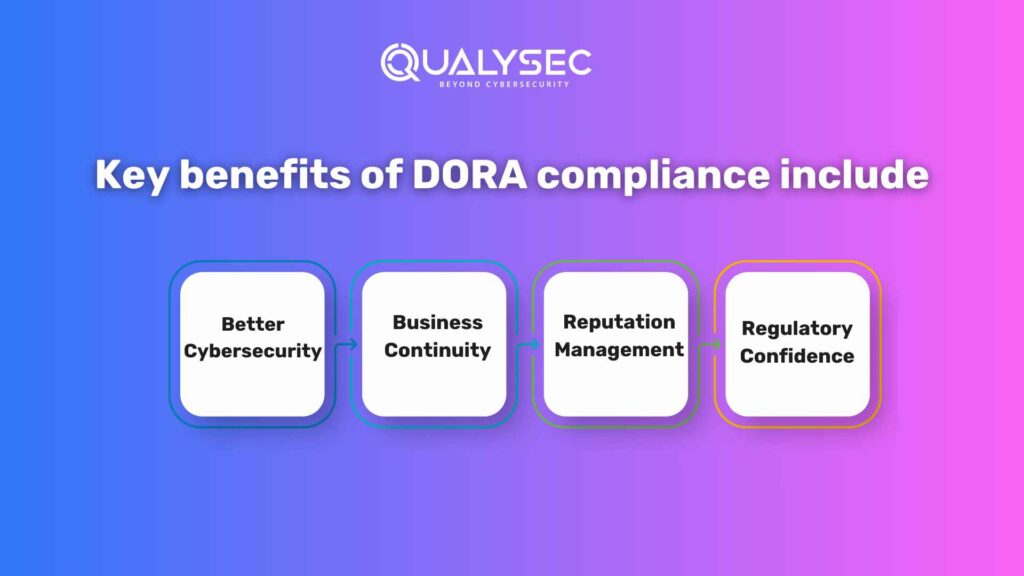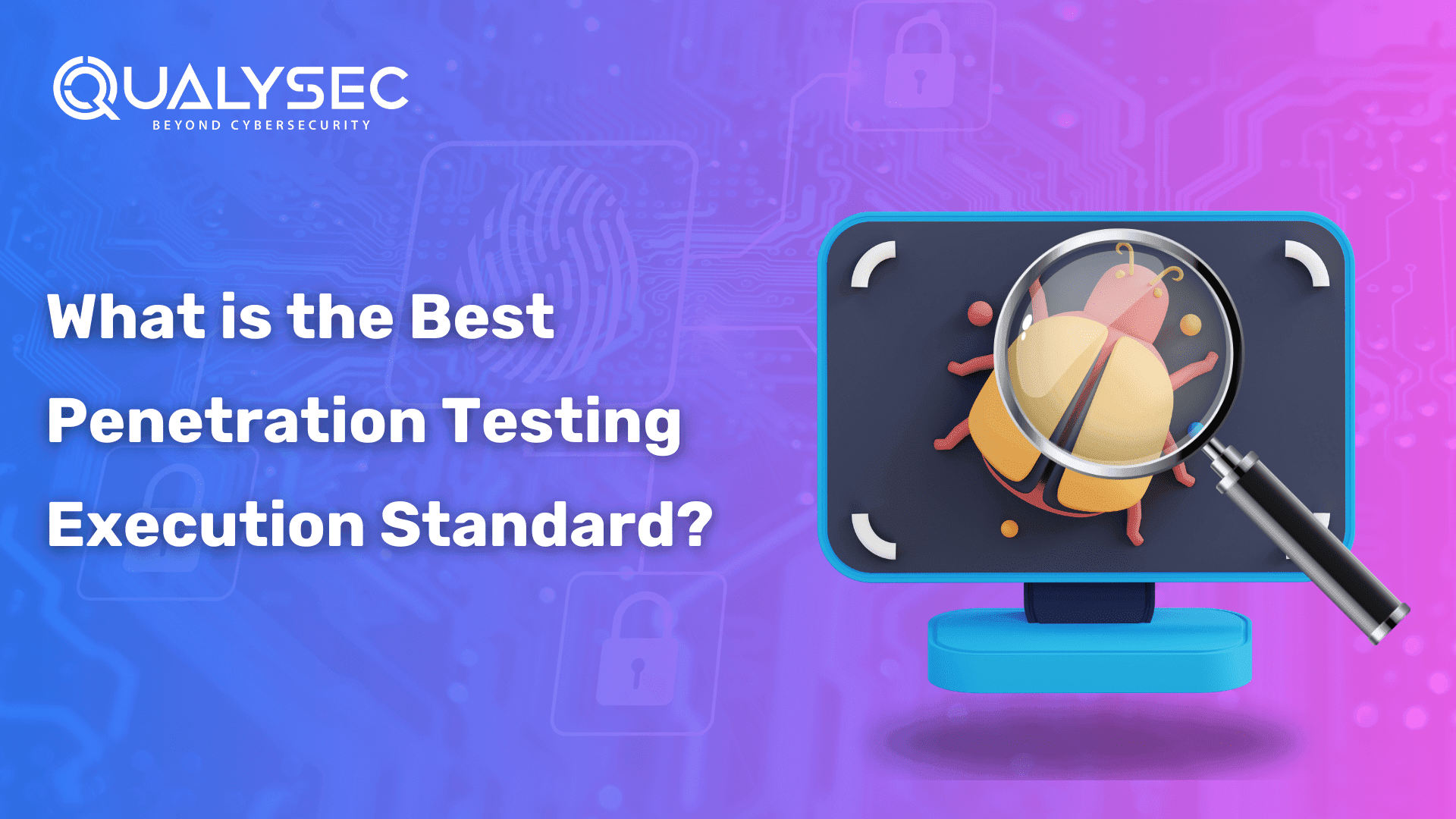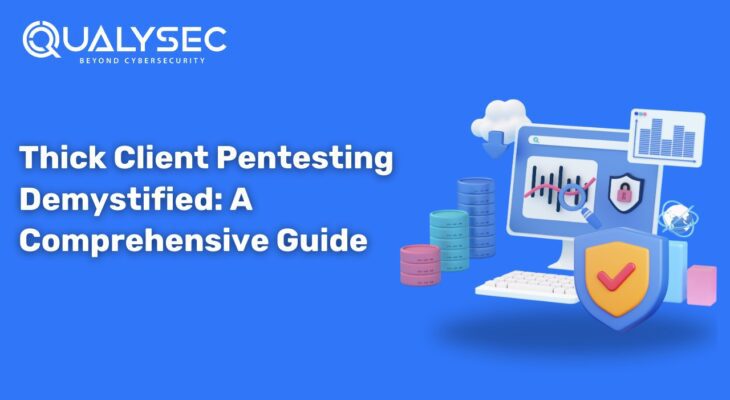The financial sector is on high alert as January 17, 2025, loom on the horizon. This is the compliance deadline for the European Union’s Digital Operational Resilience Act (DORA) – a revolutionary regulation designed to protect banks, insurers, and FinTech companies from increasingly complicated cyber threats.
For financial institutions, DORA is more than just another set of rules; it is a call to action. With mandatory frameworks for cybersecurity, operational resilience, incident reporting, and third-party risk management, DORA compliance is not an option, it is a necessity.
At the heart of the legislation is Threat Led Penetration Testing (TLPT), a proactive strategy to simulate real-world cyberattacks and identify vulnerabilities. But how can your organization ensure compliance while stimulating its defenses? This detailed blog will help you master the path to DORA compliance and strengthen your company’s cybersecurity posture.
What is DORA, and Why Does It Matter?
Before we break down the actionable steps, it is essential to understand what DORA means. DORA was born from the European Commission’s push for financial sector stability in between rising cyberattacks. It establishes a robust framework to make sure that financial organizations can resist, recover, and adapt to operational disruptions.
Key goals of DORA include:
- Protecting critical financial services from cyber events.
- Improving operational resilience across the sector.
- Setting mandatory standards for IT risk management and third-party monitoring.
For compliance officers, IT leaders, or FinTech startups, it is more than a regulation. It is an opportunity to future-proof operations and strengthens trust with customers and stakeholders.
Step 1: Understanding Vulnerabilities
To deal with cyber threats, you must first assess who and what you are defending against. Start by mapping out your company’s risk profile and threat landscape.
Know Your Business Profile
Focus on identifying your company’s critical assets and potential exposure. Key considerations include:
- Sector focus: If you are in retail banking, insurance, or digital payments, then it is for you!
- Geographic operations: Certain regions face unique cyber threats.
- Critical assets: These include databases, payment gateways, customer portals, and partner integrations.
Whether it is phishing, exploiting weak endpoints, or using malware, map your vulnerabilities and develop a custom attack graph. This visual blueprint will guide your defense strategies and testing processes.
Step 2: Testing and Strengthening Defenses
Once you understand the threats, the next step is to test your defenses. Here is where Red Team, Purple Team, and tabletop exercises come into play.
Red Team Exercises
A Red Team operates like a skilled adversary, probing your vulnerabilities by simulating cyberattacks such as phishing, password cracking, or network infiltration. Doing so helps uncover hidden weaknesses.
Example activities include:
- Testing your application, network, and cloud for vulnerabilities.
- Simulating physical security breaches.
- Assessing the likelihood of client data exposure.
Purple Team Collaboration
While the Red Team imitates attackers, the Purple Team fosters collaboration between attack (Red) and defense (Blue) teams. This tandem effort makes sure that your incident detection and response capabilities are both realistic and prepared for real-time action.
Key benefits of Purple Teaming:

- Conducting “live fire” drills to test defenses.
- Exposing blind spots in your security framework.
Tabletop Simulations
Financial institutions are complex and beyond tech, people and processes must also be prepared for crisis scenarios. Tabletop simulation drills involve your stakeholders and test-response teams in real crisis situations for better decision-making.
Detailed Documentation
Compliance isn’t just about testing, it is also about logging efforts for regulatory review. Maintain records that outline:
- Vulnerabilities identified and remedial actions taken.
- Evidence of resilience testing.
- A plan for continuous progress.
Step 3: Proactive Adaptation
Cyberthreats are constantly evolving. DORA compliance requires ongoing surveillance, dynamic testing, and proactive adaptation to stay ahead.
Continuous Monitoring
Your infrastructure often changes, whether through updates, integrations, or shifts in your software stack. Monitor your attack surface non-stop to spot unusual activity, new vulnerabilities, or even potential misconfigurations.
Dynamic Testing
Scheduled testing works, but dynamic assessments in response to new threats or attack techniques can help you consistently adapt to current risks. The idea is to use intelligence from the latest cyber events to improve your defense system.
Threat Intelligence
Invest in analyzing threat evolution regularly. Staying proactive rather than reactive to new tools, methodologies, or hackers will help businesses lead the curve instead.
Why Achieving DORA Compliance Matters?
For many financial institutions, approaching regulatory compliance is daunting. But meeting DORA requirements aren’t just about avoiding penalties, it is about transforming how your business operates. Compliance positions you as a proactive player.
Key benefits of DORA compliance include
- Better Cybersecurity: Build defenses against complex and evolving threats.
- Business Continuity: Minimize disruptions to serious operations even during incidents.
- Reputation Management: Build customer trust through reliable security protocols.
- Regulatory Confidence: Align with EU standards to avoid heavy penalties and protect long-term market access.
Adopting DORA’s framework will ultimately make sure that your institution is not just compliant but resilient and competitive.
Take Charge of Your Company’s Compliance Journey
The countdown to DORA compliance is on. By taking benefit of different strategies like Penetration testing, inspection, and collaboration between teams, financial companies can confidently meet this regulatory milestone and boost cybersecurity capabilities.
Need expert guidance? Supporting companies to meet compliance deadlines is what QualySec does the best. Start your DORA compliance preparations today with us and set your team up for long-term success.









![Top 20 Network Security Companies in USA [2025 Updated List]](https://qualysec.com/wp-content/uploads/2025/05/Top-20-Network-Security-Companies-in-USA-2025-Updated-List-scaled.jpg)
































































































































































































































































































































































































































































































0 Comments